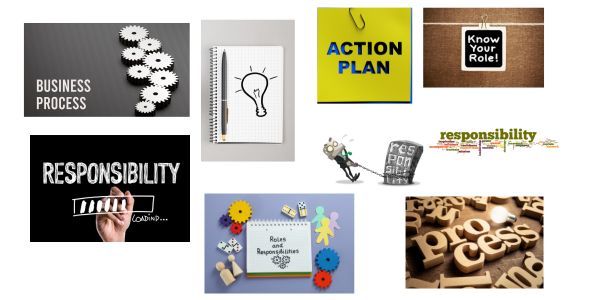Using your Tools to Take Action for Maintenance & Reliability
Using your Tools to Take Action for Maintenance & Reliability
Implementing maintenance and reliability best practices can be a challenging task for organizations. Here are three overviews on how to take steps for implementing these into action:
- Establish a Comprehensive Plan: To successfully implement maintenance and reliability best practices, organizations should begin by establishing a comprehensive plan. This plan should include the development of maintenance strategies, the identification of key performance indicators (KPIs), and the establishment of clear goals and objectives. The plan should also include a prioritization process for maintenance activities based on risk, equipment criticality, and asset lifecycle. Establishing a plan will help to ensure that maintenance and reliability processes are integrated into the organization's overall strategy and that resources are allocated efficiently.
- Invest in Training and Technology: Maintenance and reliability best practices require a high level of technical expertise and specialized knowledge. Organizations should invest in training programs to develop the necessary skills among their employees. This includes training on asset management, reliability-centered maintenance (RCM), condition monitoring, root cause analysis (RCA), and other critical areas. In addition to training, organizations should also invest in technology solutions that support maintenance and reliability best practices. This includes computerized maintenance management systems (CMMS), enterprise asset management (EAM) software, and predictive maintenance technologies.
- Continuously Monitor and Improve: Maintenance and reliability best practices require a continuous improvement process to ensure that processes are optimized over time. Organizations should continuously monitor key performance indicators (KPIs) and other metrics to evaluate the effectiveness of maintenance and reliability processes. They should also conduct regular reviews of maintenance strategies to identify opportunities for improvement. This includes conducting root cause analyses (RCAs) of equipment failures and developing corrective actions to prevent reoccurrence. By continuously monitoring and improving maintenance and reliability processes, organizations can optimize asset performance, reduce downtime, and extend asset lifespan.






